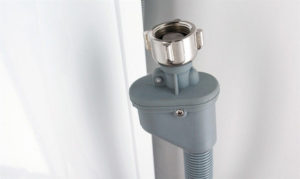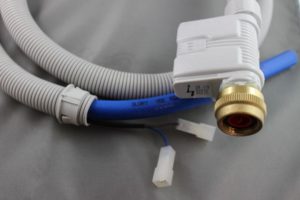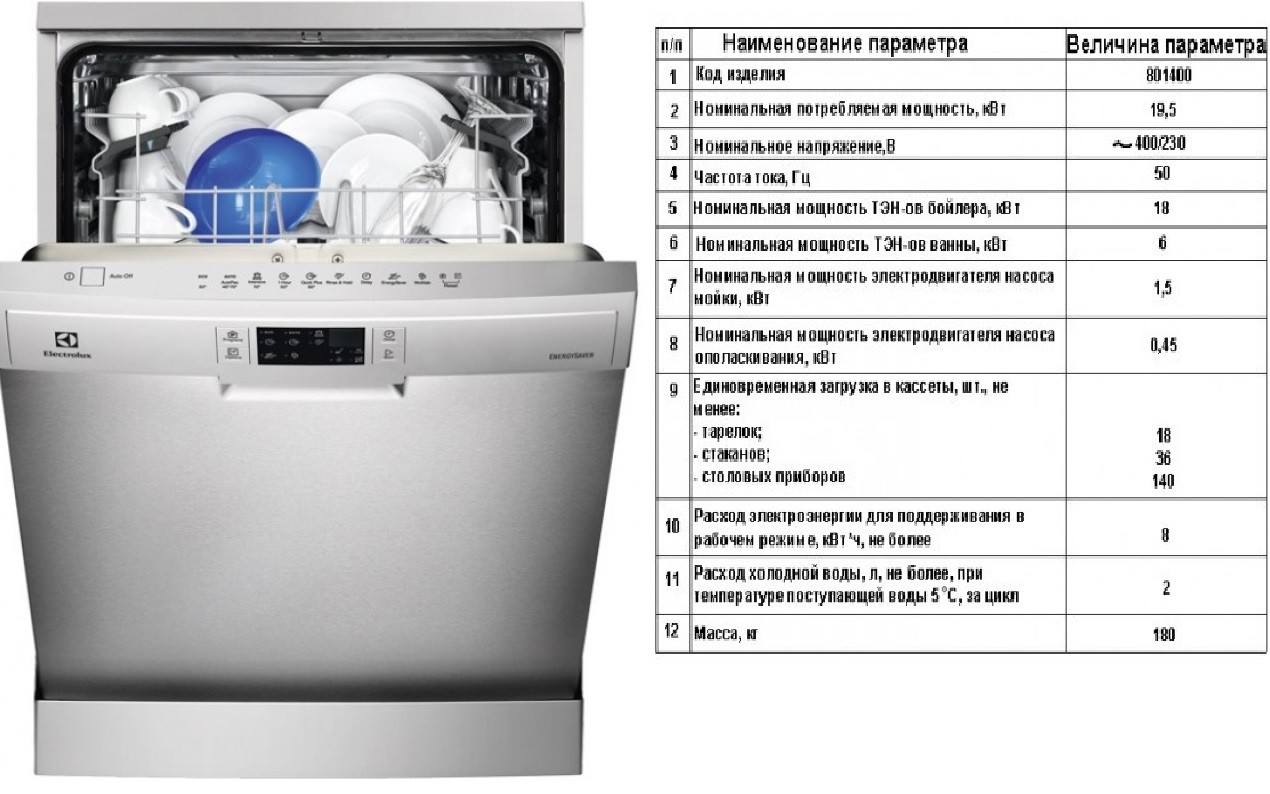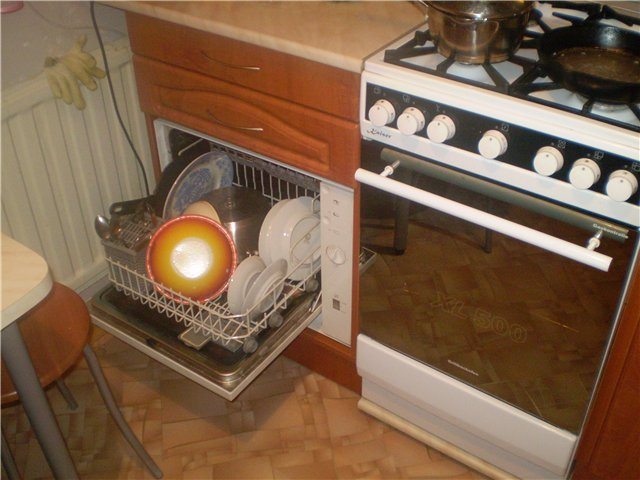Dishwasher leak protection
 We can safely say that protection against leaks in a dishwasher has become a completely commonplace option that cannot be surprised by a modern buyer. However, when purchasing a new dishwasher, people look to see that such protection is included in the package, and they almost always do not understand how it works or what it is. It's time to get acquainted with the leakage protection systems that are installed on modern dishwashers and discuss their usefulness.
We can safely say that protection against leaks in a dishwasher has become a completely commonplace option that cannot be surprised by a modern buyer. However, when purchasing a new dishwasher, people look to see that such protection is included in the package, and they almost always do not understand how it works or what it is. It's time to get acquainted with the leakage protection systems that are installed on modern dishwashers and discuss their usefulness.
What is it for?
First of all, let's see what it is and why such protection is needed at all. Obviously, most users live in apartment buildings. When your upstairs neighbors drown you, it’s a real disaster: a leaky pipe, a broken faucet, or, for example, a burst dishwasher hose. The result will be ruined repairs, litigation and compensation. This is where a system that would prevent water from the dishwasher from spilling onto the floor could come in handy to protect you. That's what it's needed for. The leakage protection system, even if a leak occurs, is capable of:
- turn off the water supply yourself;
- interrupt the washing program;
- turn off the power to the dishwasher, thereby preventing a flood.
From our point of view, every dishwasher and washing machine should be equipped with such a system, then there will be fewer lawsuits from disgruntled neighbors in court. PMM water leakage protection systems are divided into two types: complete and partial. Commercial names of systems may be different: Aquastop, Waterstop, etc. The name does not change the essence and principle of operation, but they were still worth mentioning.For example, Aquastop for dishwashers is most often found on Bosch units, but we will talk about this a little later.
Protection of the housing from leakage
Let's start with partial protection against leaks, since it is twice as common in dishwashers. This type of protection is also called “body protection”, since it does not protect against flooding if the hose is damaged, but it does protect if the pipe inside the PMM body leaks. The “hull protection” consists of the following elements:
- special pallet;
- sensor;
- float with lever;
- valve
In some PMMs, a separate valve is not installed. An additional Aquastop relay is installed on the filling valve.
This system is simple, so we will now describe the essence of its operation using a specific example. Suppose there is a crack in the pipe next to the pump. The damage caused a water leak. Water begins to flow into the pan where the float, lever and sensor are located. Gradually, the water level in the pan rises, dragging the float with it. The raised float changes the position of the lever, which in turn closes the contact.
The signal from the sensor is sent to the control module and to the valve relay, which immediately shuts off the water. The control module activates the self-diagnosis system, issuing an error code so that the user knows what is broken. The disadvantage of such a system is obvious. If the hose located outside the housing breaks, the water will not go into the pan, but onto the floor with all the ensuing consequences.
100% protection
Complete protection against leaks, as opposed to partial, protects not only the housing, but also the inlet hose, which is under pressure, from leakage. The Aquastop hose has double walls. When water gets between the inner walls, a sensor is activated, which is installed at the end of the hose near the body itself.This sensor sends a signal to the valve, which in turn shuts off the water. The signal also goes to the control board, which completely interrupts the dishwashing process and generates an error with a certain code.
The case, with 100% protection, has the above-described system in the tray, so we will not repeat it. Both systems are not ideal, although option 2 is undoubtedly better. Both systems do not protect the drain hose. Although it is extremely rare for a drain hose to be damaged, these types of leaks do happen and water ends up on the floor unchecked.
I would like to hope that with this article we are sending a signal to dishwasher manufacturers to think about how to improve the drain hose so that the protection against leakage is truly 100%. The inlet hose protection is also disposable. If it works, you will have to throw away the inlet hose and buy a new one instead. It turns out a little expensive, but there’s nowhere to go.
Which washing machines have it?
100% protection against leaks can very often be found on almost all dishwashers from German manufacturers. A striking example is Bosch dishwashers. Models second, third, fourth, etc. series have 100% protection against water leaks. The same can be said about Electrolux dishwashers. Moreover, the availability of 100% protection does not depend on the price of the car; even the cheapest models have it, since manufacturers do not skimp on security and this makes us very happy.
Many manufacturers produce dishwashers in which only the housing is protected from leaks. You don't have to look far for examples. Many Hotpoint-Ariston washing machines have just such protection. Here we can also include “home helpers” from the brands Indesit, Candy, Gorenje, Whirlpool.
So, we briefly dealt with systems that protect the dishwasher from water leaks. Without going into technical details, we have described everything the user needs to know. If you have any questions, ask them in the comments or on our forum. Good luck!
Interesting:
Reader comments
- Share your opinion - leave a comment





















Add a comment